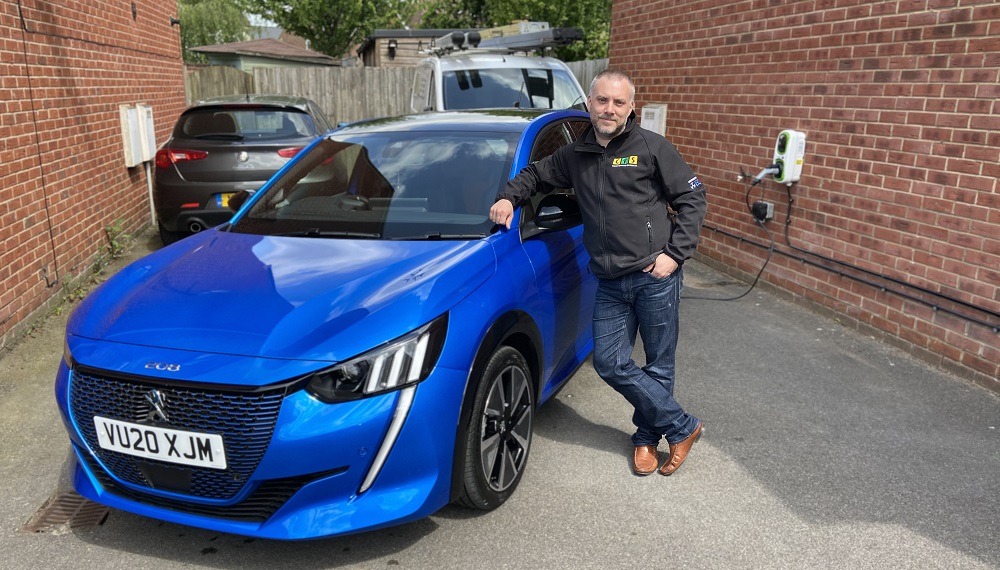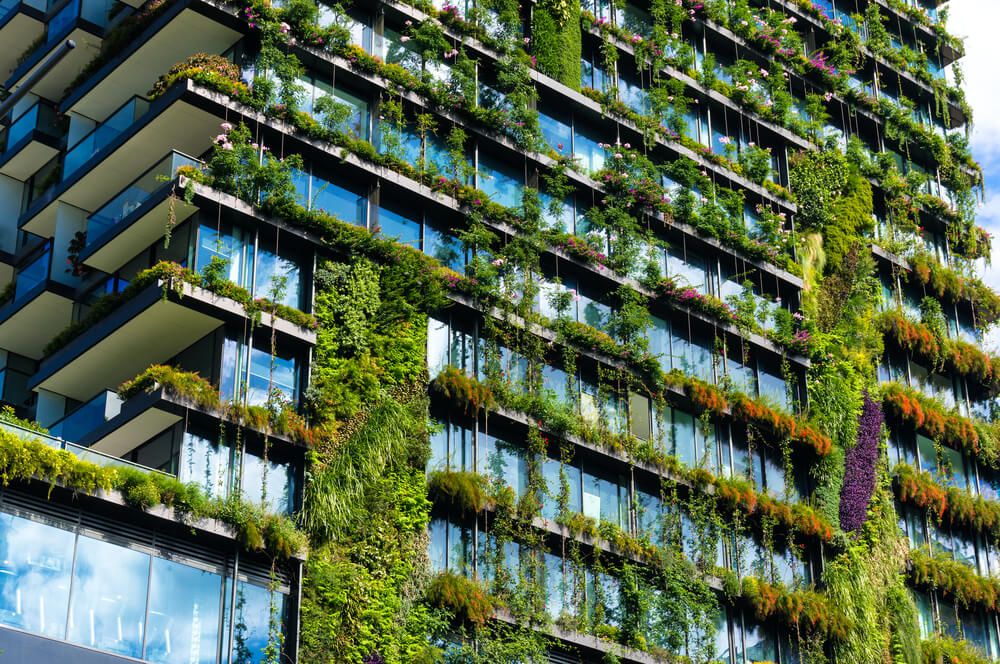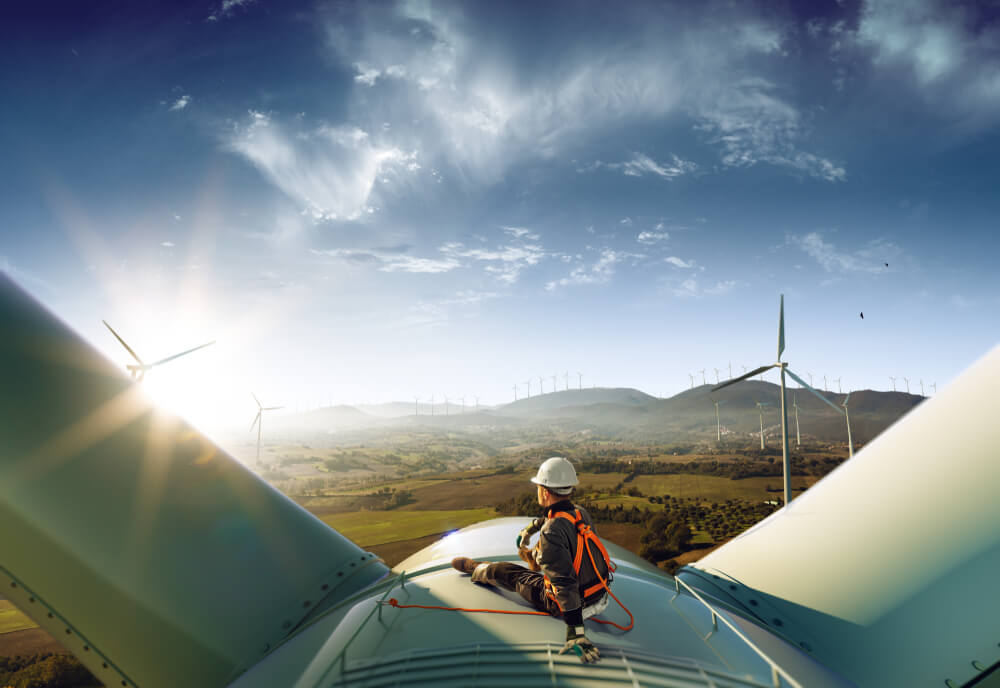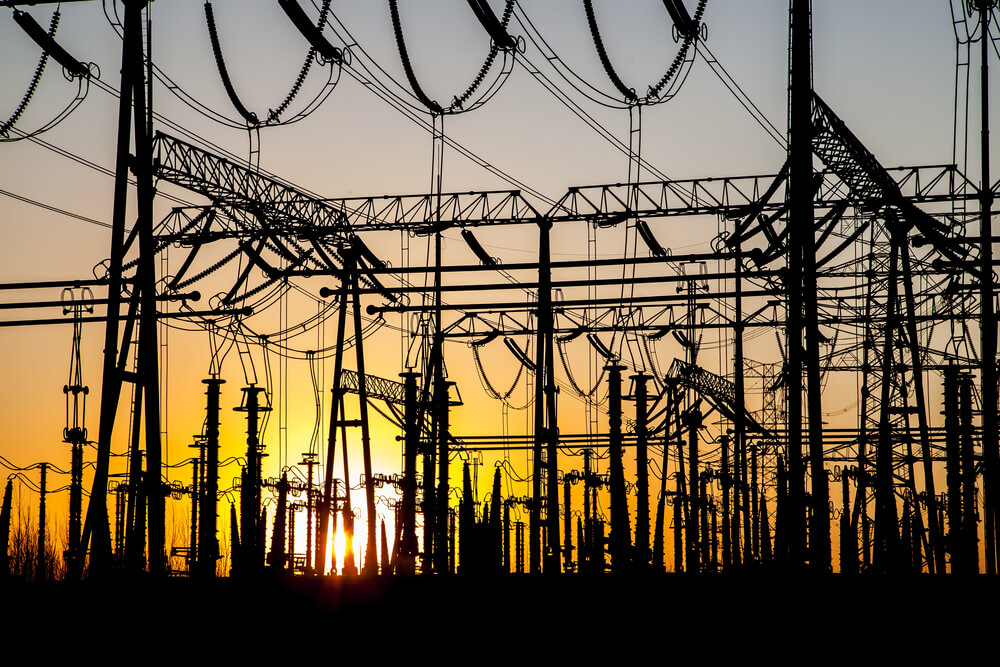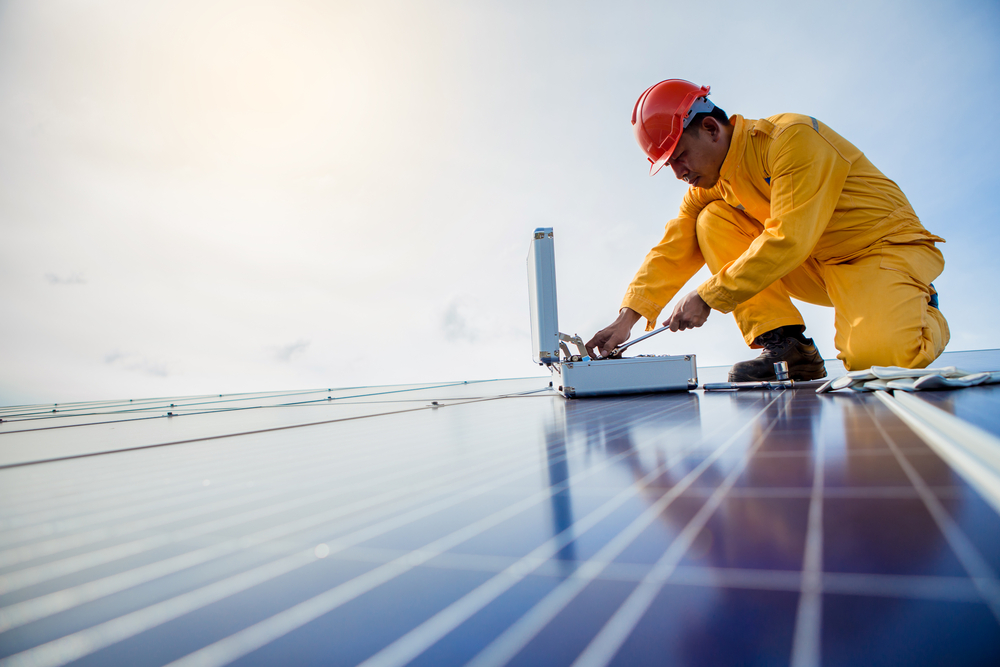Now is our last chance to make homes fit for the future
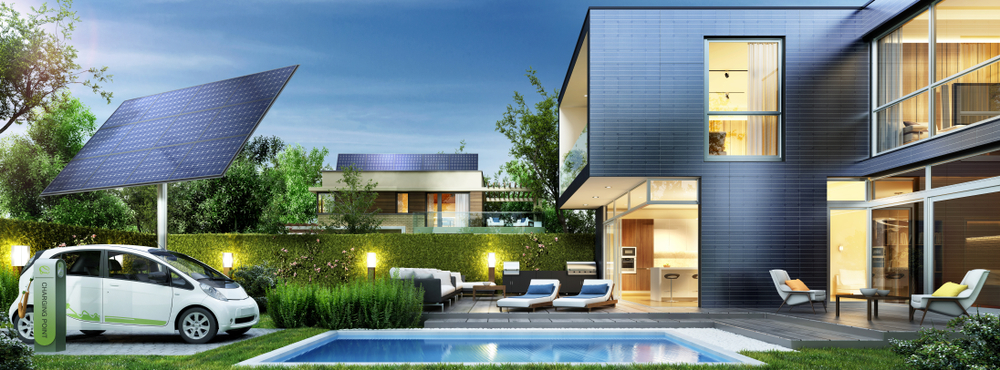
In 2022, the world is on a crash course towards climate catastrophe. Tools such as the Climate Clock now tell us that the 2020s are our last chance to stay under global warming’s critical threshold of 1.5°C. And at January’s Dubai Expo, the United Nations called on the twenties to be a ‘decade of action’ as it relaunched its Sustainable Development Goals.

Many of the world’s decision-makers recognise this urgency, with governments now pledging to reduce coal usage, reach net zero, and much more. But high-level intervention isn’t enough – a bottom-up approach is required to truly combat climate change this decade.
Fortunately, the residential sector has the potential to enact dramatic change. Here, individuals can make their biggest contributions to the protection of our planet, driving personal improvements that collectively make a transformative difference.
But to begin, homeowners need a clear, simple path that they can follow to overhaul their consumption – one that spotlights the products, developments, and funding that minimises household energy waste and drives true environmental progress.
The home advantage
In the UK, 30 million residences use energy-intensive lights, heating systems, electronic appliances, and more each day. And while the average home’s carbon footprint has reduced by 4.7 tonnes of CO2 since 1990 thanks to advancements such as renewable energies, around 40% of the UK’s total carbon emissions still come from households alone.
If we’re to tackle global warming and reach the country’s collective target of an 80% reduction in emissions by 2050, homeowners need to reduce their carbon footprints by a further 3.6 tonnes in just eight years.
While this may sound far-fetched, the technology required to overcome the challenges of energy waste is already here, like future-proofed insulation, smart housing and greener construction methods, and we mustn’t wait to harness it.
Generous funding is available, too. In the UK, for instance, the government has pledged £9bn to install 600,000 heat pumps across homes, schools and hospitals every year by 2028. In Ireland, a similar Climate Action Plan commits to installing 400,000 heat pumps in existing homes by 2030.
But the public remains sceptical about their individual part to play in this climate battle, particularly when the onus is on them to initiate and contribute to the expenses of home upgrades. So, how can we overcome the barriers of cost and apprehension to drive interest, and change?
Changing for good
The value of reducing household spending on energy has never been more apparent – not just for sustainability, but also the current economic climate. In April, Ofgem, the UK’s energy regulator, raised the price cap for 22 million customers by £693 and warned that bills may rise by a further £800 in October. As costs spiral, homeowners must be shown the immense value in upgrading their residences, both in terms of cost savings and house prices.
Investment into a smarter, more sustainable home typically sees a 30% reduction in energy usage – not only reducing carbon footprints by a third, but energy bills, too. For instance, the installation of the aforementioned heat pumps and their control systems goes a long way to minimising personal contributions to the 40% of global CO2 emissions that heating currently generates.
Meanwhile, prosumers who integrate technologies such as solar panels into their homes reduce utility bills and can even earn income by selling excess energy back to the grid. Looking further into the future, over half of the public (54%) now expects homes and apartments to be equipped with smart, energy-saving products. By failing to invest in sustainable technology, vendors risk halving their pool of potential buyers and even limiting their property’s sale price. Through highlighting the gains that come with greener living, and the pains that come without it, we can gradually persuade consumers of the unquestionable investment value.
Making connections
Research shows that while there is a public appetite to transition to greener living, consumers need the right guidance to make it a reality. Indeed, while 82% of people agree it’s important to meet government climate targets, only 67% knew what these targets are – and 41% did not believe that individuals can be responsible for reducing emissions. Here, the housing sector must be central in driving reductions and shaping individual and collective sustainability.
Even when situated in a high-rise apartment block, homeowners often consider themselves a single entity rather than part of an interconnected housing system. But technological progress, and the need for new energy infrastructure, mean that these preconceptions are changing. Just as life inside the home is becoming more connected, with smart meters, smart appliances, and smart lighting, the same must happen on the outside, too.
Homes must link to other homes, building a nationwide smart network that learns and adapts from each other’s consumption and efficiency. The housing sector must make it clear that smart homes are now the norm and the most efficient way to upgrade our national housing stock. This cannot happen overnight, however – instead, major players from homebuilders to local associations must craft a positive journey that engages homeowners and illuminates the vast benefits of change.
Collaboration is critical
To kick-start the process of country-wide environmental upgrades, key players within the housing sector – property builders, developers, and engineers – need to emphasise the significant overall impact that starts with small, incremental technological upgrades, and guarantees greener, more cost-effective living. With home builders, financial institutions including mortgage providers, and residents onside, we can introduce the right legislation and technologies to help fight against climate change.
It’s a tough challenge, but also an incredibly exciting one for both the sector and the public. Studies show that 52% of the UK’s homeowners would feel excited to take on a sustainable home renovation project, rising to 62% in Ireland.
Meanwhile, out of those who have already bought smart products such as smart heating controls, 22% in the UK and 24% in Ireland did so for the thrill of “purchasing the latest technology”. Perhaps most encouragingly, 79% of people in the UK and 84% in Ireland agree that if they owned a sustainable home, they’d feel like they were playing a genuine role in addressing climate change.
The appetite for change is there – and it’s now time to harness it. If housebuilders, developers, and local authorities can convince more homeowners of the need for, and benefits of, creating sustainable homes, then our individual improvements grow into something far greater. With just seven and a half years left of our ‘decisive decade’, the time to act is today. Let’s get started.
Find out more about Schneider here
Are you up to date with ECAtoday?
ECAtoday is the official online magazine of ECA and reaches thousands of people within the electrotechnical and engineering services industry.










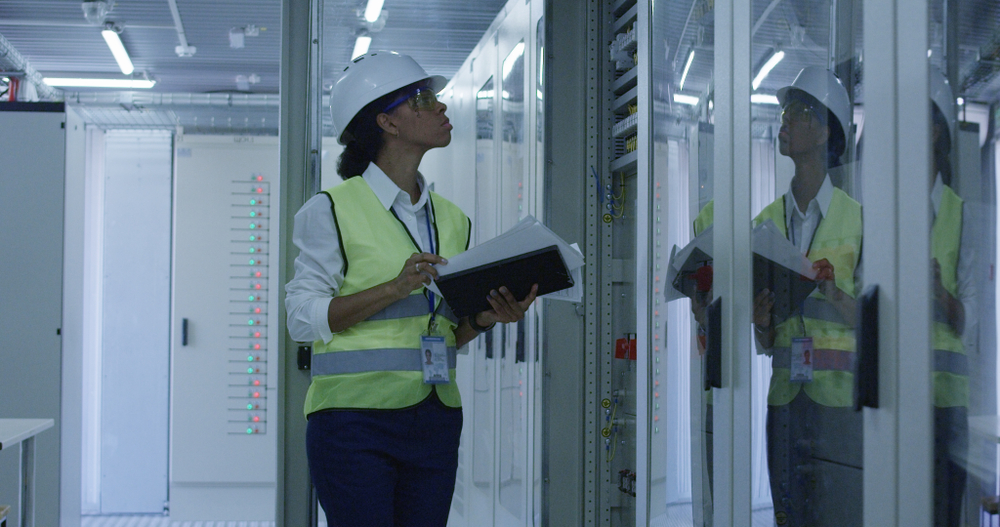
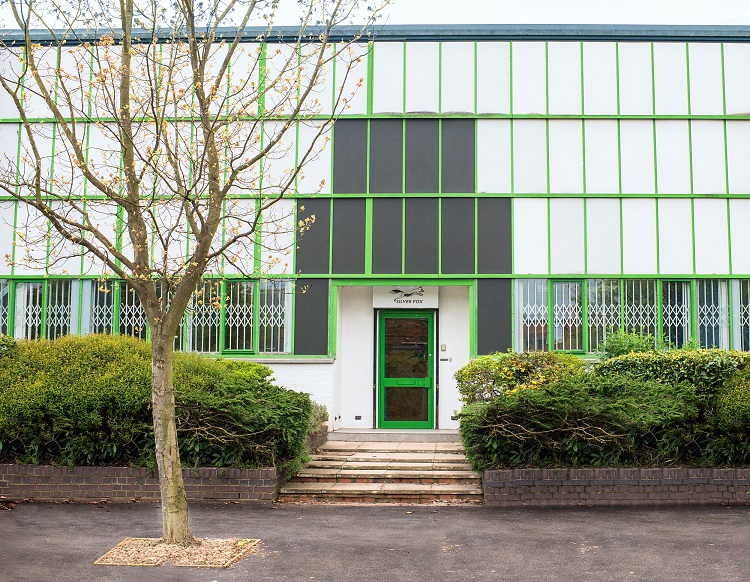

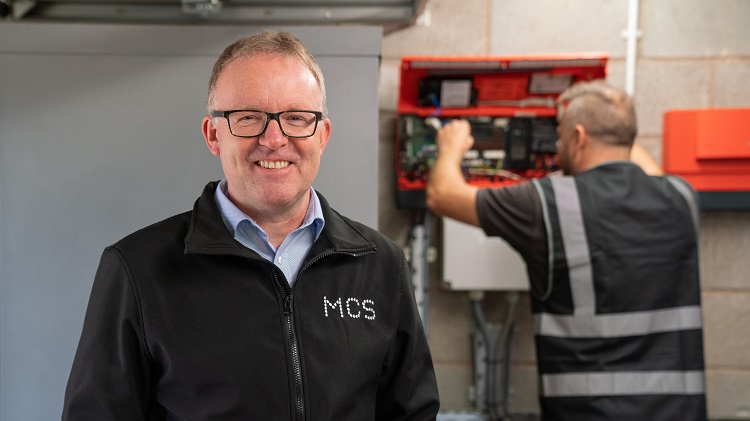




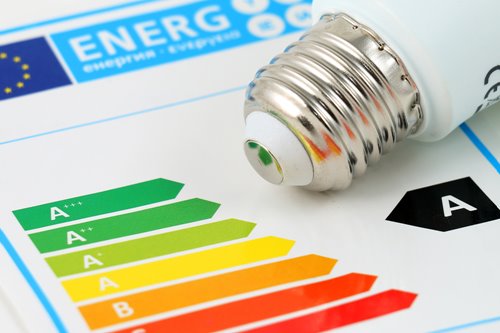



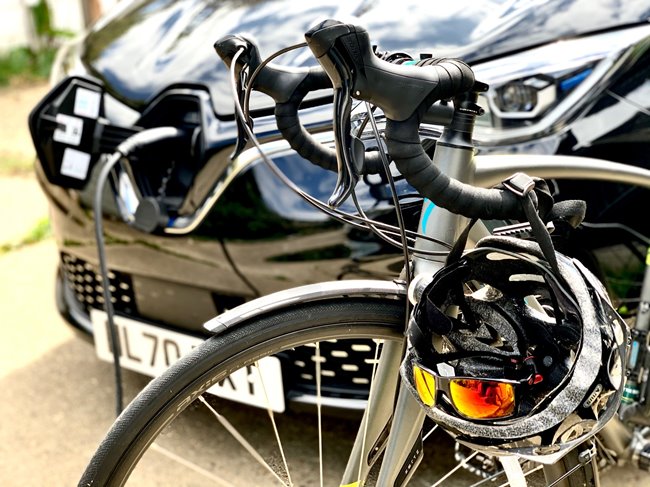
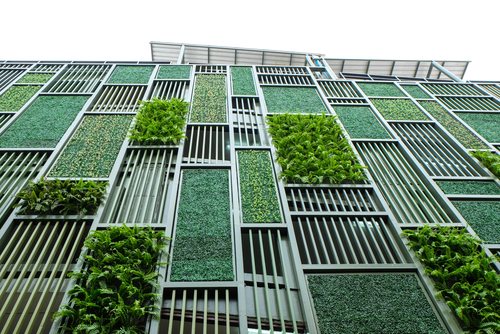
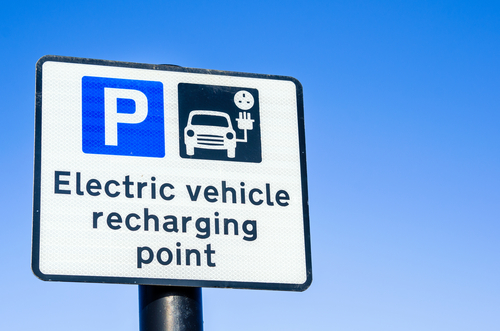
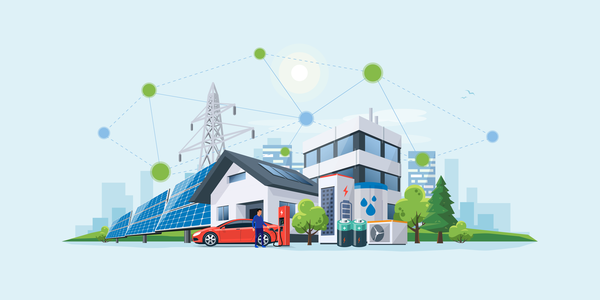
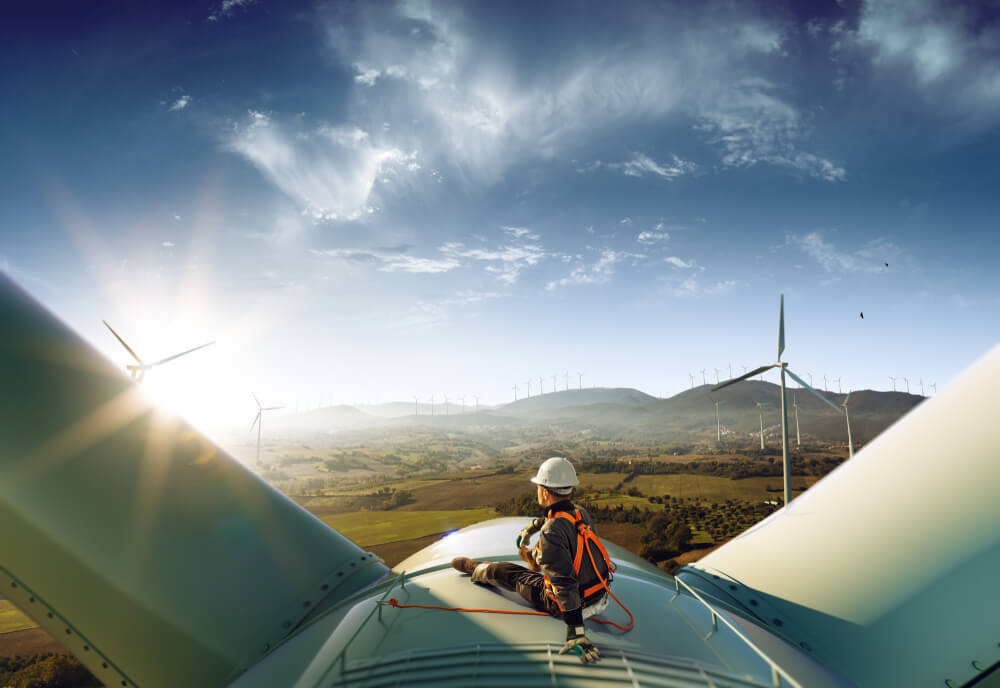

.jpg?width=1000&height=999&ext=.jpg)
